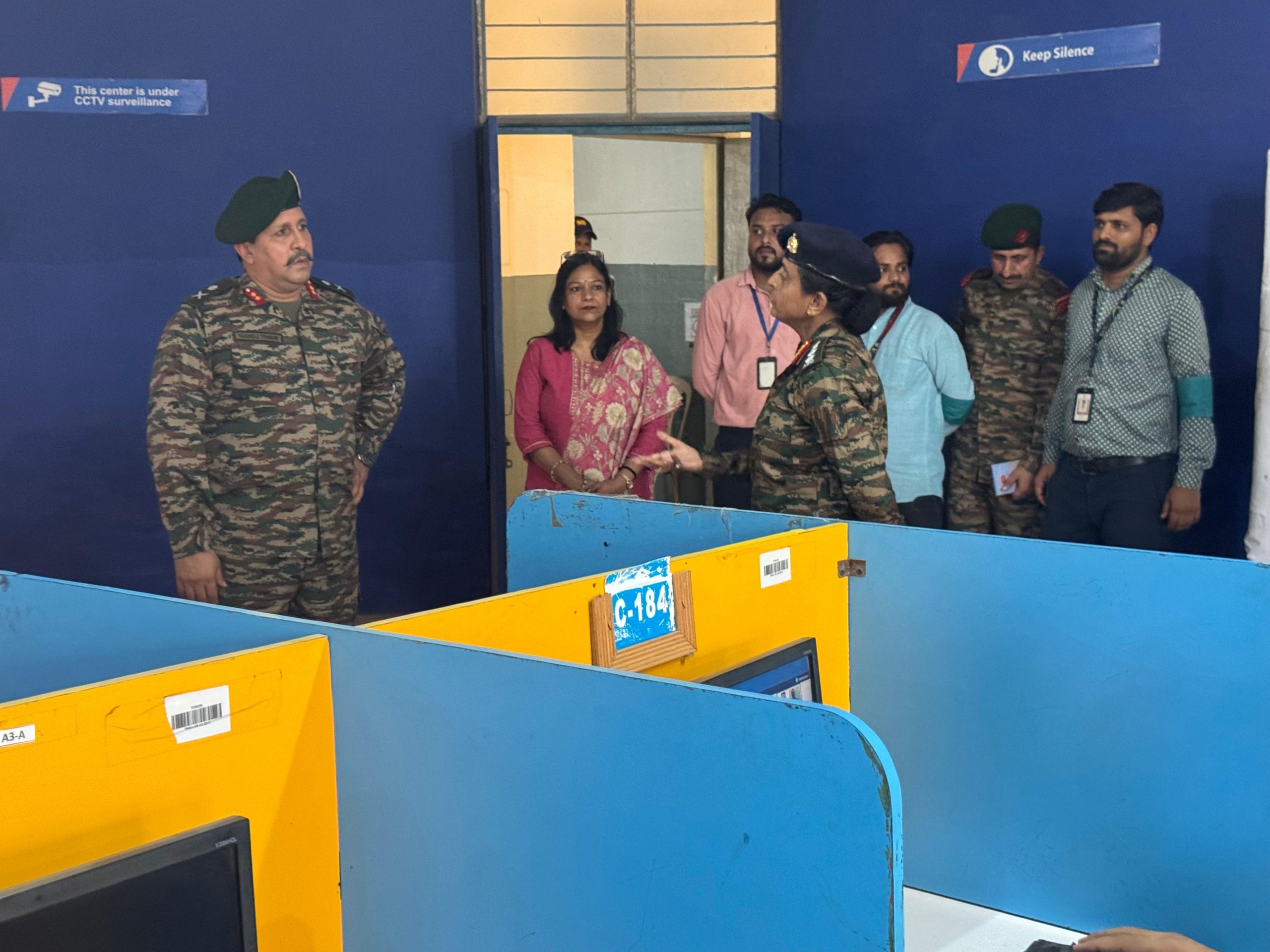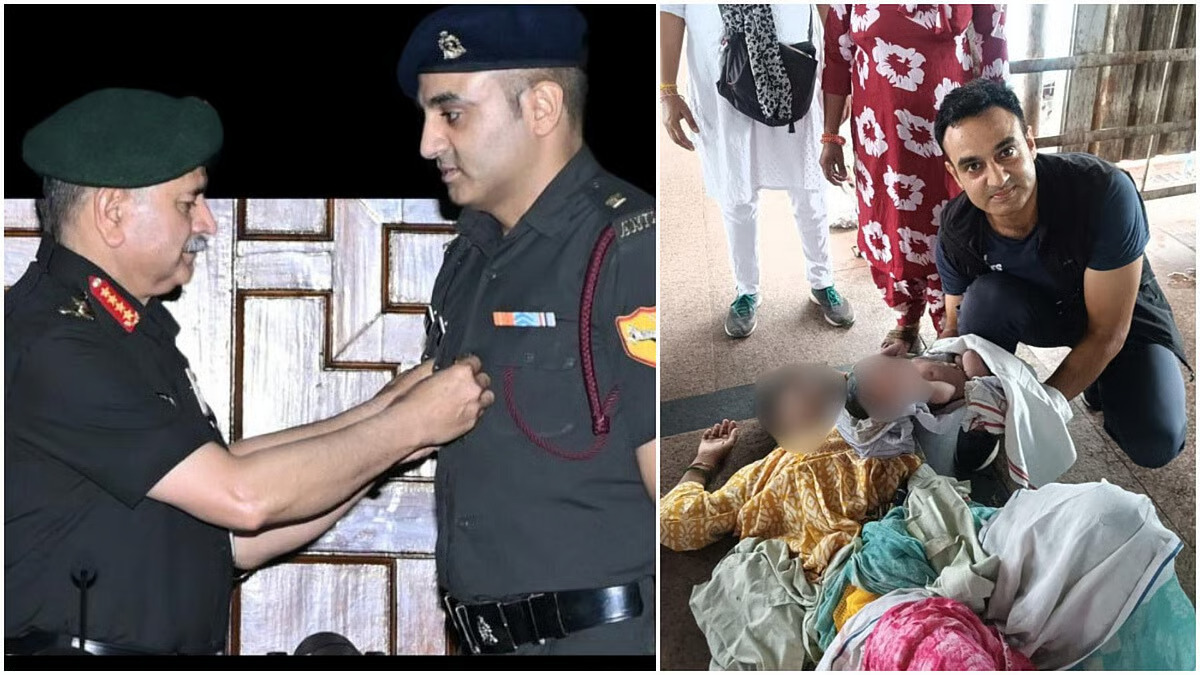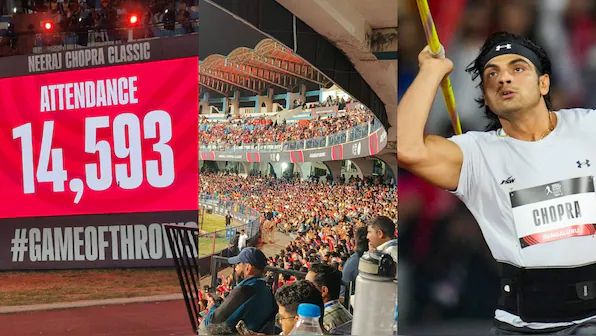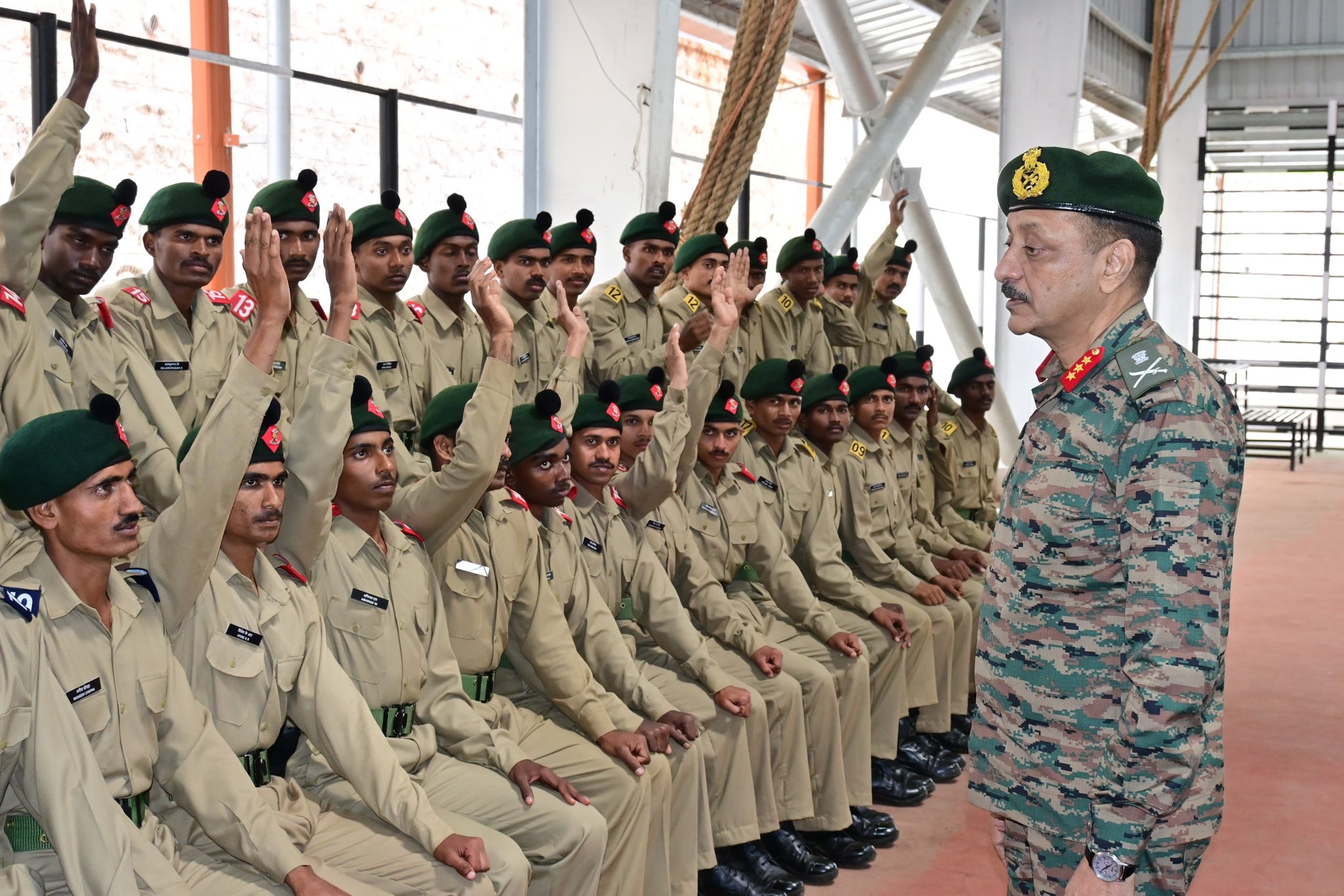Maj Gen Manoj Tiwari Tours Online Recruitment Centers to Boost Transparency
Major General Manoj Tiwari, the Zone Recruitment Officer based in Lucknow, undertook a two-day visit from July 3 to 4…
Meet Major Rohit Bachwala: AFMC Officer Who Helped Deliver a Baby at Jhansi Railway Station
In a heart-stirring moment of selfless service, Major Rohit Bachwala, a medical officer from the Indian Army's Medical Corps (AMC),…
Lt Col Neeraj Chopra Lights Up Bengaluru With Victory at Historic NC Classic 2025
In a landmark moment for Indian athletics, Lieutenant Colonel Neeraj Chopra delivered yet another golden performance, this time on home…
Indian Army’s Gurkha Troops Share Joyful Dance With Their GOC
A video capturing a joyful moment between General Officer Commanding (GOC) Major General Kartik C Seshadri and Gurkha troops has…
Command Hospital Chandimandir Performs First Bone Marrow Transplant, Marks Medical Milestone
In a landmark medical achievement, Command Hospital Chandimandir has successfully performed its first bone marrow transplant on a patient suffering…
Lt Gen Anoop Shinghal Visits Madras Regimental Centre to Review Technology-Driven Training Upgrades
Lt Gen Anoop Shinghal, AVSM, SM, Director General of Recruiting in the Indian Army, visited the Madras Regimental Centre in…






